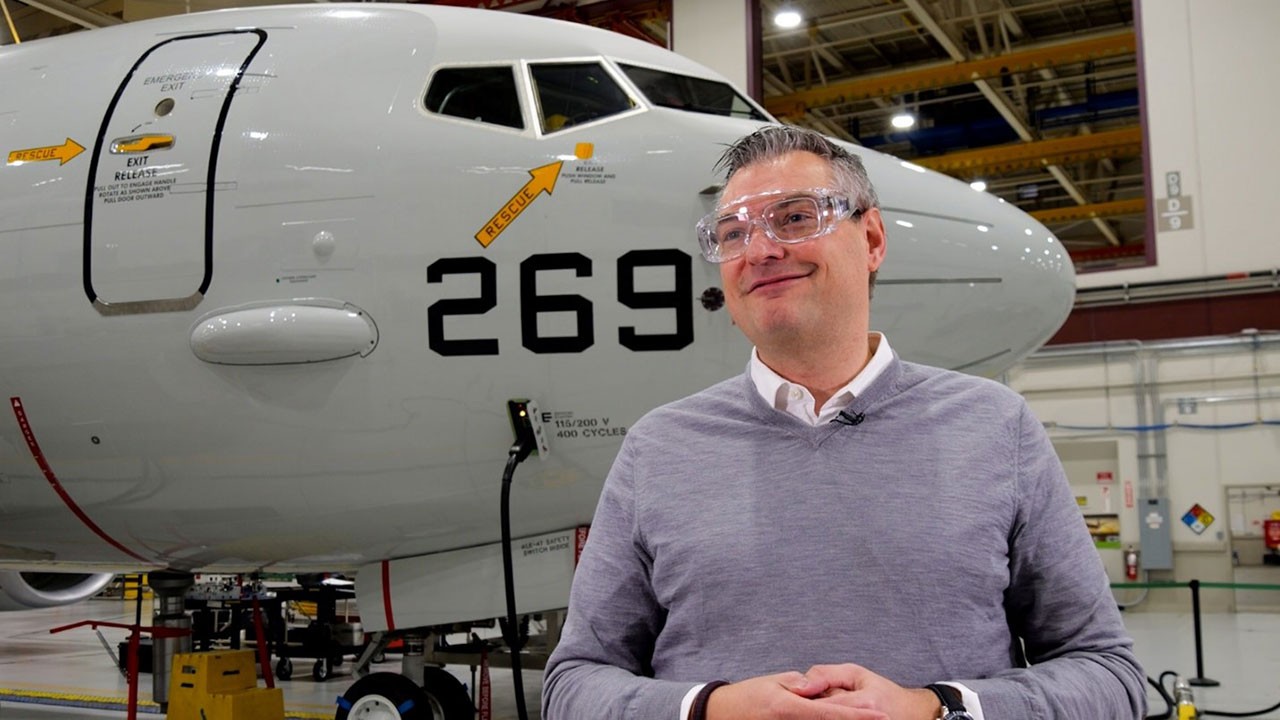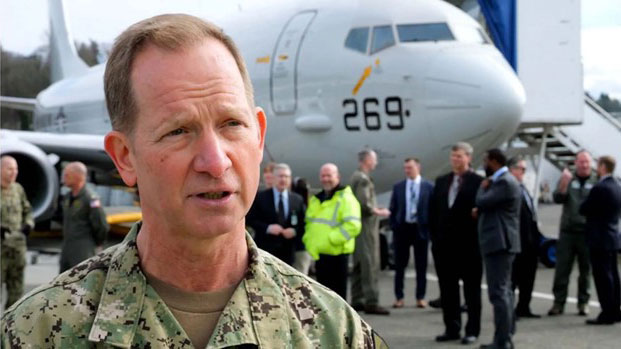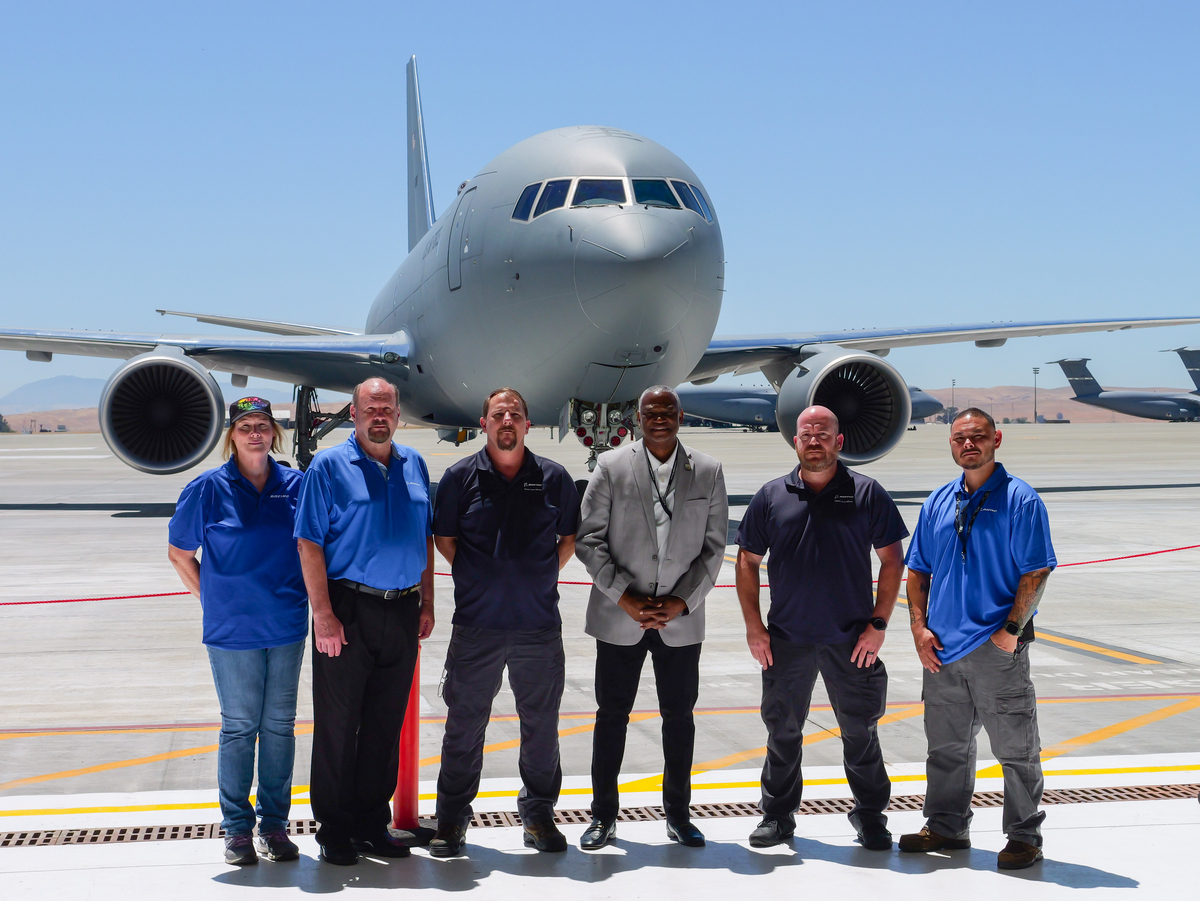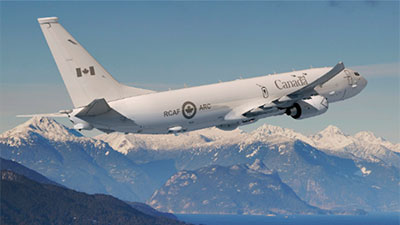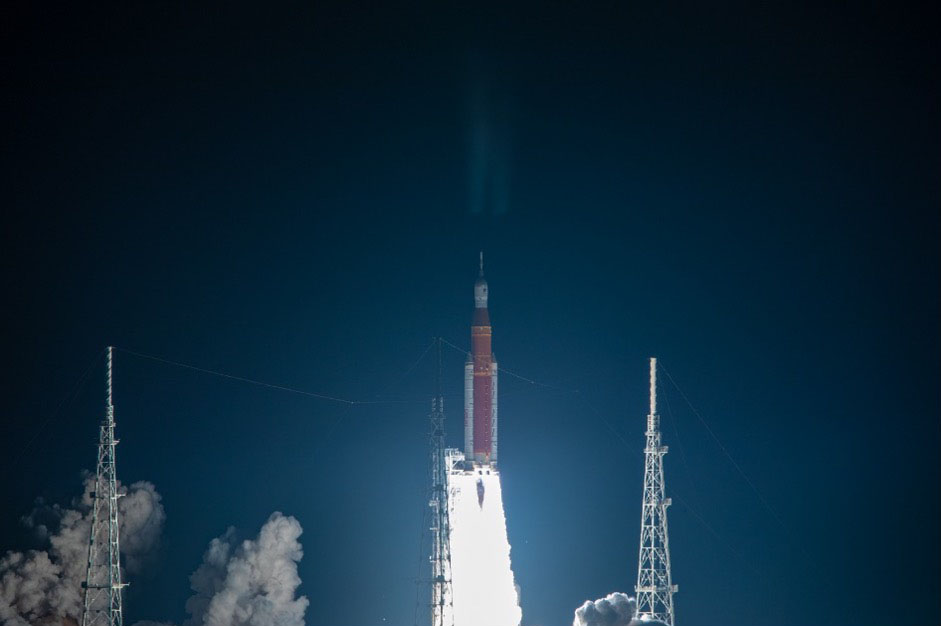Vertical Lift transformational efforts take center stage
Get an inside look at the Boeing tech transforming the Army’s enduring fleet
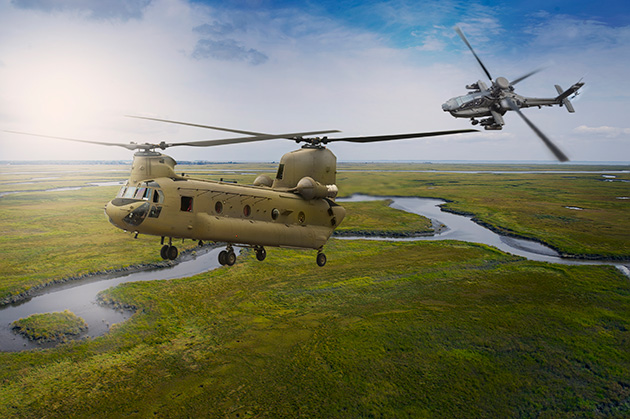
The Chinook and Apache have been mainstays in the U.S. Army Aviation fleet for decades. The most advanced and capable aircrafts in their respective fields, the Chinook serves as a heavy-lift icon and the Apache as the world’s preeminent attack helicopter.
Widely known as members of the Army’s enduring fleet, these products have undergone major technological transformational efforts to become the helicopters that they are today.
Boeing continues to innovate the fleet by adding state-of-the-art capabilities. The technology behind the platforms allows the U.S. Army and international allies to dominate the battlefield with these aircraft for decades to come.
Chinook
For over 60 years, the Chinook has been the most capable, affordable and interoperable heavy-lift aircraft in the world. The Chinook is battle-tested and, thanks to continuous modernization efforts, will continue to serve as the backbone of combat, logistics and humanitarian missions for the U.S. Army, Special Operations Forces and 19 international operators (including 8 NATO nations) for decades to come.
The CH-47F Chinook Block II is the latest iteration of the world-class heavy-lift aircraft. It provides increased lift and range, allowing soldiers to get what they need, when they need it. Backed by 800 flight test hours and 3,200 data points, the CH-47F Block II is proven to operate well beyond that of the Block I aircraft. Its improved drivetrain, stronger airframe and redesigned fuel tanks produce an eight percent increase in lift capabilities and increase the mission radius across nearly all payloads. A Block II Chinook carrying a full allotment of 32 soldiers has an 8 percent greater mission radius relative to the CH-47F.
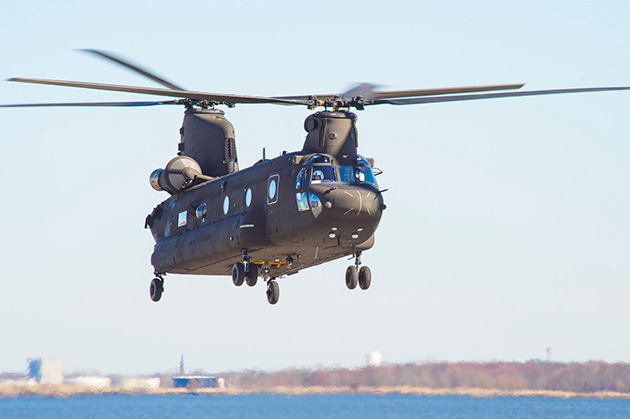 The highly advanced CH-47F Block II aircraft is air born during flight testing at the Boeing Philadelphia site.
The highly advanced CH-47F Block II aircraft is air born during flight testing at the Boeing Philadelphia site.
Drivetrain
The drivetrain is the group of components that deliver mechanical power to the aircraft. With a new and improved drivetrain, the CH-47F Block II aircraft is capable of producing more power from the engine. The Block II drivetrain allows the aircraft to distribute 10 percent more torque, or power, to the rotors. More power means more lift capability.
Airframe/Fuel System
The CH-47F Block II airframe is an evolution of the U.S. Army’s existing airframe. The overall strength of the airframe and the fatigue capability were increased to handle the new max gross weight of 54,000 pounds, an increase of 4,000 pounds over the Block I aircraft. The airframe was also resized to handle the 10 percent increase in torque coming from the drivetrain, allowing for the increased power. Overall, the airframe increases the strength of the fuselage to carry heavy equipment and payloads under high power.
As part of the airframe, the redesigned fuel tanks provide for increased range, decreased complexity and reduced weight. The new fuel system provides a simpler configuration, with two fuel pods instead of six, and reduced wiring and tubing. The redesigned fuel pods carry more fuel, allowing for extended range compared to its Block I predecessor. By redesigning the fuel pods, Boeing is able to use the latest manufacturing robotics technology to improve efficiency and reduce cost.
Apache
The AH-64 Apache is the world’s most dominant and lethal attack helicopter. For nearly 40 years, U.S. Army and defense forces around the globe have operated the Apache for attack, reconnaissance and stability operations. The U.S. Army recently surpassed a major milestone of five million Apache flight hours flown. With over 1.3 million of those hours in combat, the AH-64 has proven its attack capabilities time and time again.
To support the U.S. Army in meeting its objectives in the Future Operational Environment, Boeing is working on the Modernized Apache. This next-evolution attack helicopter is aligned with the Army’s Multi-Domain Operations transformational efforts that builds on the mature, combat-proven AH-64E. With advanced crewstation and advanced flight controls – coupled with a Modular Open Systems Approach – the Modernized Apache will bring greater interoperability, reach and lethality to the U.S. Army. These enhancements on Modernized Apache will be supported by a more powerful AH-64 platform with the integration of the Improved Turbine Engine.
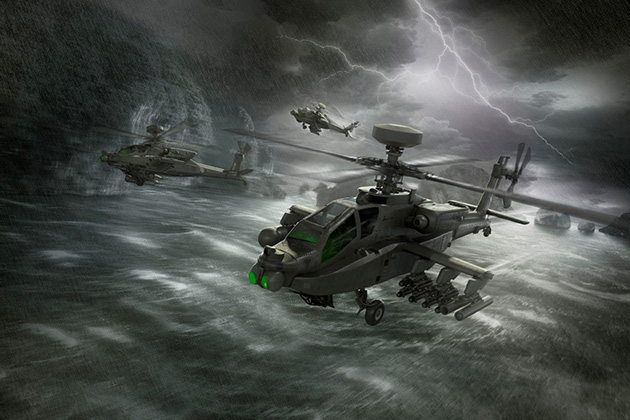 The Modernized Apache - a Boeing concept that represents the evolution of the current AH-64E Apache.
The Modernized Apache - a Boeing concept that represents the evolution of the current AH-64E Apache.
More Powerful Platform
Integration of the Improved Turbine Engine will greatly increase the power potential of Modernized Apache. It will feature an upgraded main drivetrain to fully unlock this capability. Greater payloads and power margins will mean increased lethality and survivability on the battlefield without sacrificing reach or safety of aircrews.
Modular Open Systems Approach (MOSA)
Modernized Apache will feature a MOSA-designed digital backbone. Its open-system interface and architecture will be capable of integrating even the most advanced capabilities rapidly and affordably. More powerful processors will provide improved operations and growth potential for future applications.
Advanced Crewstation and Flight Controls
As missions become more complex, it is critical to reduce the workload and cognitive strain on the crewmembers. The advanced crewstation on Modernized Apache features large-area touchscreen displays that vastly increase and simplify the amount of information available. Additionally, it increases the speed at which operations are performed. Along with a redesigned and more comfortable crew seat and bi-ocular color helmet display system, the advanced crewstation provides maximum workload reduction and mission effectiveness for aircrews.
Combat-loaded aircraft are often operating close to their performance margins. The advanced flight control system on Modernized Apache provides an added layer of safety and workload reduction through ease of maneuvering, improved hold modes and haptic cueing. Most importantly, it lays the groundwork for future developments in advanced autonomy and operations in degraded visual environments.
For more than 40 years, Boeing has been at the forefront of Army Aviation innovation and is committed to enabling U.S. Army transformation to facilitate multi-domain operations. By continuing to transform and adapt the enduring fleet, Boeing is answering the Army’s call to industry to develop next-generation, disruptive solutions to ensure mission readiness in an increasingly complex, multi-domain environment. With these transformational upgrades, Boeing is ensuring U.S. Army success now and in the future.
